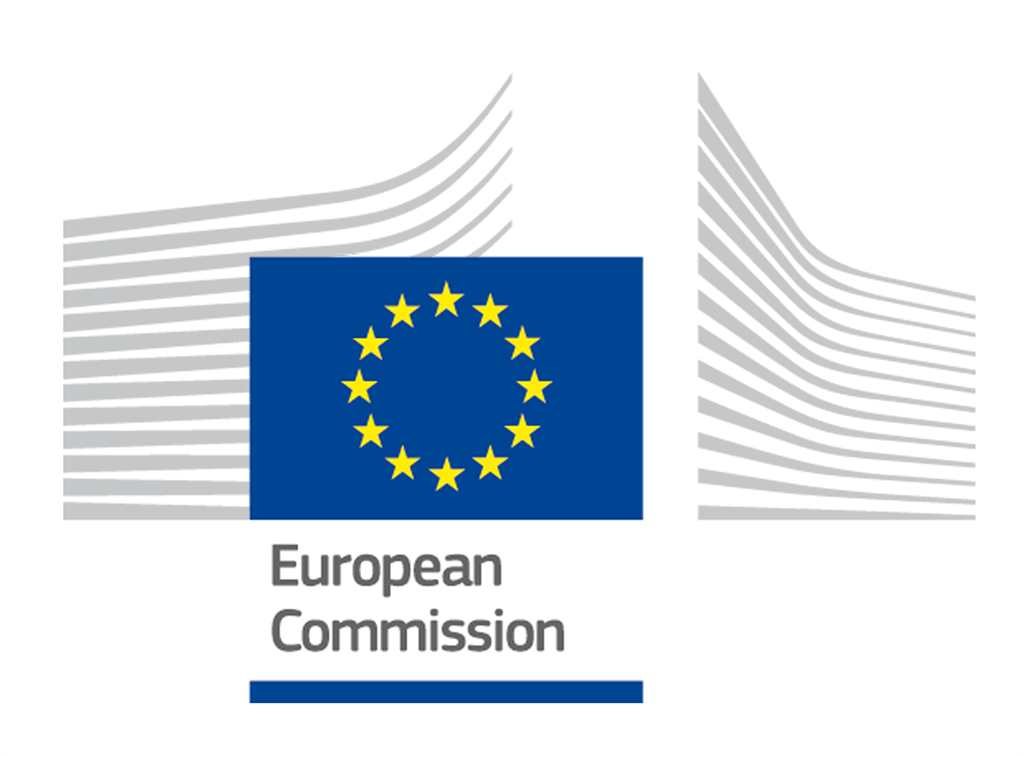Community / Land projects / GEF GOLD+ Nicaragua: Enhancing the formalization and mercury reduction in the artisanal and small-scale gold m
GEF GOLD+ Nicaragua: Enhancing the formalization and mercury reduction in the artisanal and small-scale gold m

€3205310.574
12/22 - 12/22
Concluído
This project is part of
Implementing Organisations
Donors
Data Providers
Objectives
Contribute to the reduction of anthropogenic mercury releases/emissions from artisanal and small-scale gold mining (ASGM) to the environment, by strengthening formalization processes and enabling environments that foster: inclusion, access to finance and legal supply chains, adoption of clean practices and technologies, and building skills and technical capacities for the ASGM sector.
Other
Note: Disbursement data provided is cumulative and covers disbursement made by the project Agency.
Target Groups
513. Mercury reduction is the main objective of the project and the key benefit for both the environment and human health. As described previously, the practices used by mining operations in Nicaragua contribute to mercury emissions and releases, so the project's contribution in environmental terms will be significant, as well as contributing to the country's obligations under the Minamata Convention on mercury. 514. In addition, the project will contribute to economic, social and environmental benefits that support the sustainable development of the country. 515. In recent years, ASGM has become an essential source of economic income and employment opportunities, especially considering the concentration of this activity mainly in rural areas. 516. Due to the absence of an adequate regulatory framework and poor formalization of activities in ASGM, and lack of efficient technologies for gold recovery, the potential socio-economic benefits of this activity are diminished. By strengthening (i) the technical and institutional capacities of national and local authorities, (ii) mechanisms, regulations and measures for control and supervision of gold production and trade activities, revenues at central, regional and municipal levels are expected to increase. 517. The project will promote a scenario in which the ASGM sector can increase its economic benefit and have positive impact at the local and national level for the thousands of families that depend primarily, secondarily or temporarily on this activity. Additional economic gains will be achieved through more efficient technologies and subsequent increased gold recovery and responsible supply chains that ensure access to formal markets and better prices. Economic benefits can be translated into social welfare and livelihood security. 518. In the specific case of women miners, the project will improve their access to finance, savings and entrepreneurship, leading to economic empowerment that will contribute to their well-being and that of their families by indirectly impacting issues such as food security. Gender mainstreaming activities will reduce gender inequalities among project beneficiaries. 519. The transition to efficient and/or clean recovery technologies and the introduction of better practices will improve the working and living conditions of miners, including women and vulnerable populations, resulting in better health for miners. Improved mining practices will improve environmental quality and therefore local communities will have, among other environmental benefits, access to cleaner water. 520. Miners and communities will increase their skills and knowledge, leading to improved education in mining areas. In addition, the promotion of formalization processes will also enable miners to access social and financial services. Proper development of the ASGM sector can reduce conflicts over land use or related to environmental pollution. 521. Finally, and in line with the innovative approach followed by the GOLD+ program, in addition to mercury reduction, the project will enable better land management and proper management and disposal of mining waste, which will benefit biodiversity and make communities more resilient to climate change.



